
Early August already sees an increased number of waders as well as juveniles of Shanghai breeders.
Waders like the rice paddies, particularly the ones in the early stages, when they are still partly flooded. Bird photographers like me prefer these, too, as they sometimes offer relatively open views of the birds. The most interesting species I saw this month was an Asian Dowitcher.
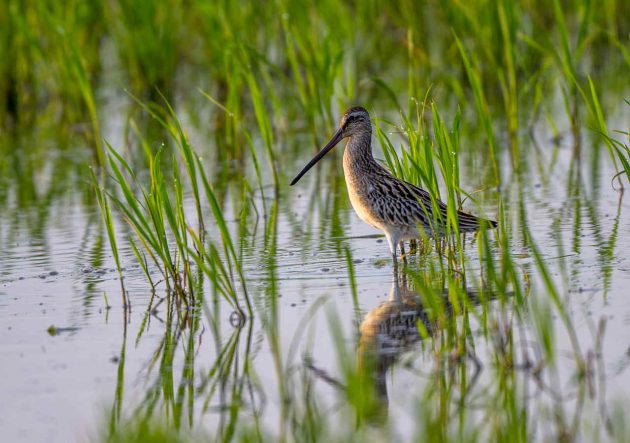
Its scientific name Limnodromus semipalmatus indicates that its feet are half-webbed – there is some skin between its toes. This gives the feet a greater surface area and keeps the bird from sinking too deep into the mud.
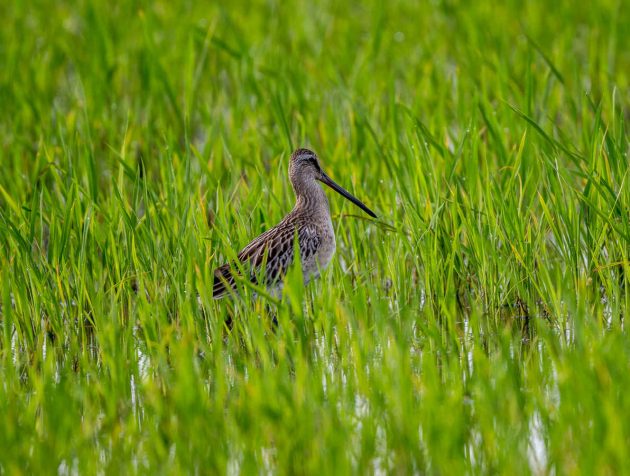
It is listed as Near Threatened, just like the Black-tailed Godwit. However, the latter is much easier to see in Shanghai.
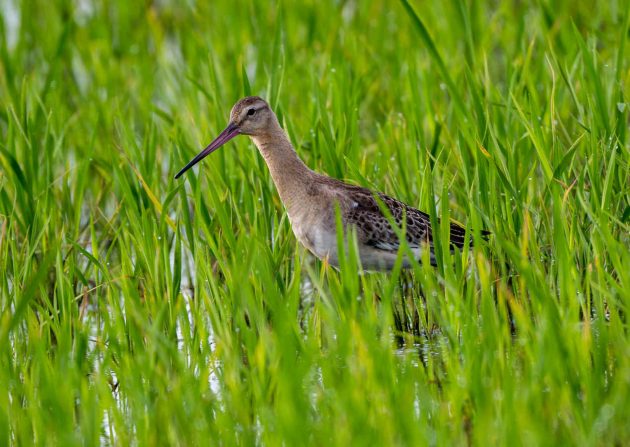
In the Netherlands, this species suffers from agricultural intensification, as cutting of fields for dairy farming results in fewer invertebrates during a critical period of nestling growth (source).
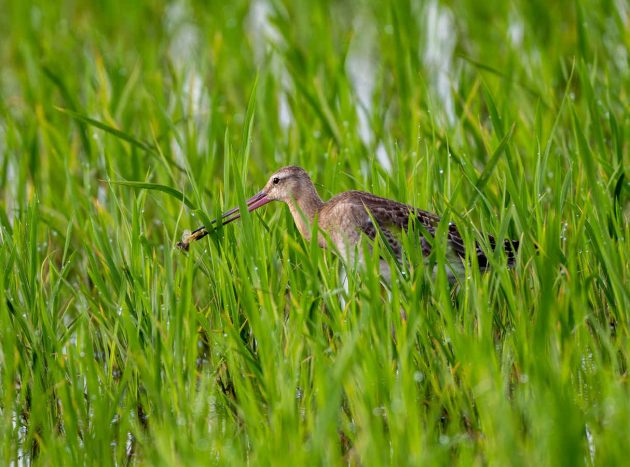
Other waders – not endangered, but still always nice to see – include Wood Sandpiper …
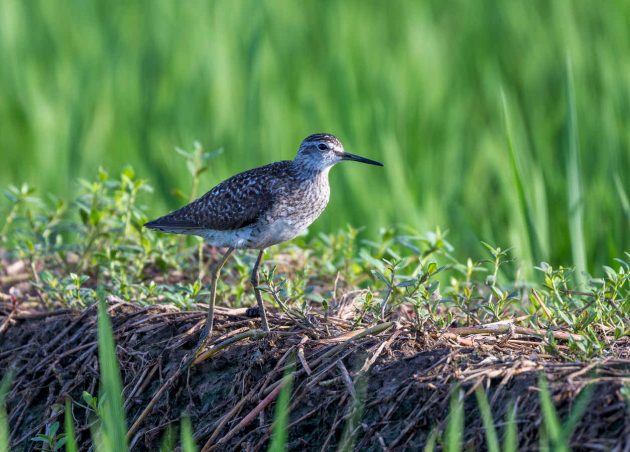
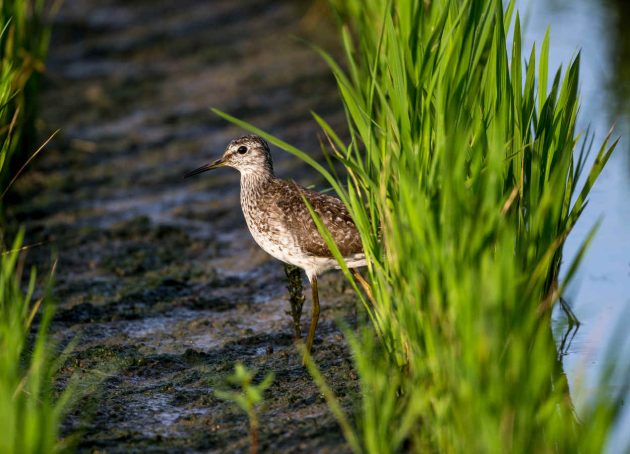
… Common Sandpiper …
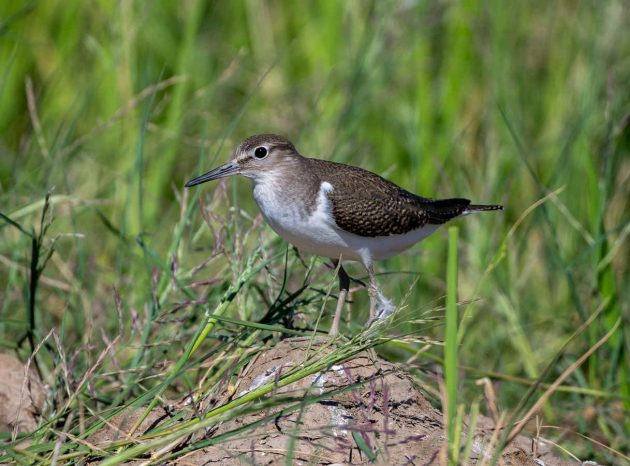
… Pacific Golden Plover …
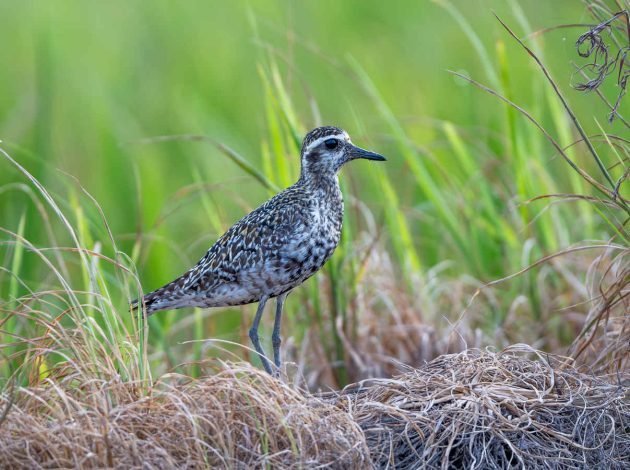
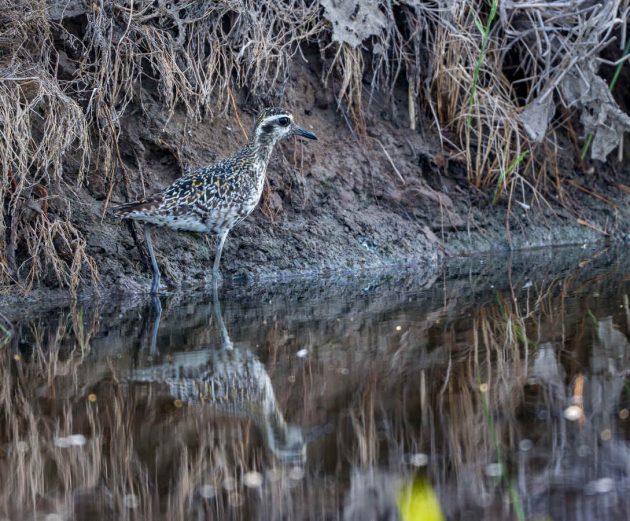
… Whiskered Tern …
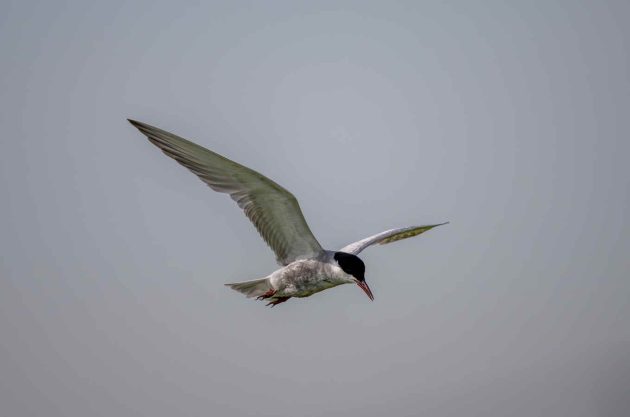
… Black-winged Stilt …
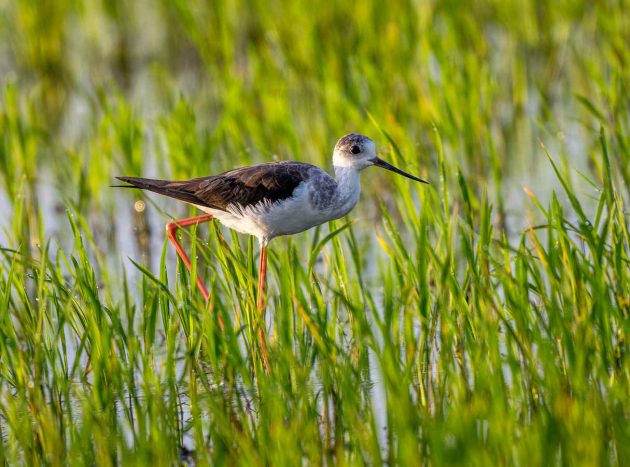
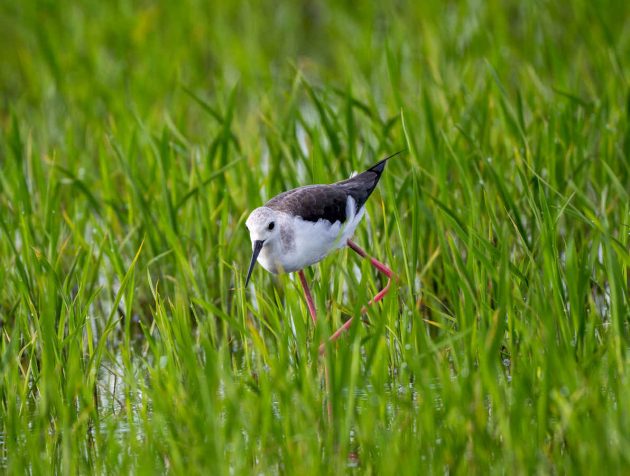
… and Long-toed Stint.

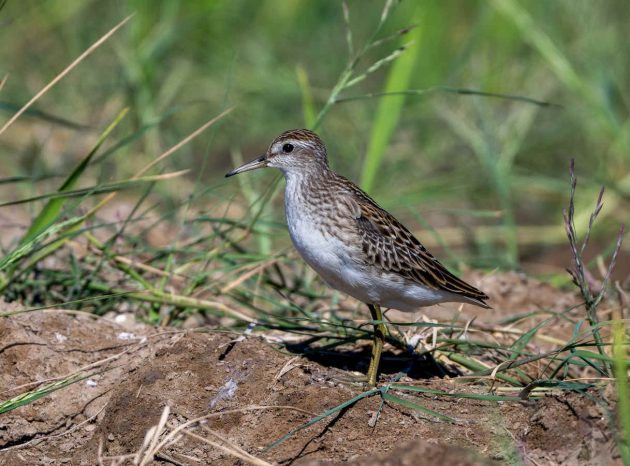
August is also a good time to see juveniles of several species breeding in Shanghai. In fact, sometimes it is easier to see the juveniles than the adults, presumably as the adults have already learned not to accept unpaid photo shoots and have resigned themselves to a life of not being famous.
Not so this juvenile Crested Myna …

… nor this Grey-headed Lapwing …
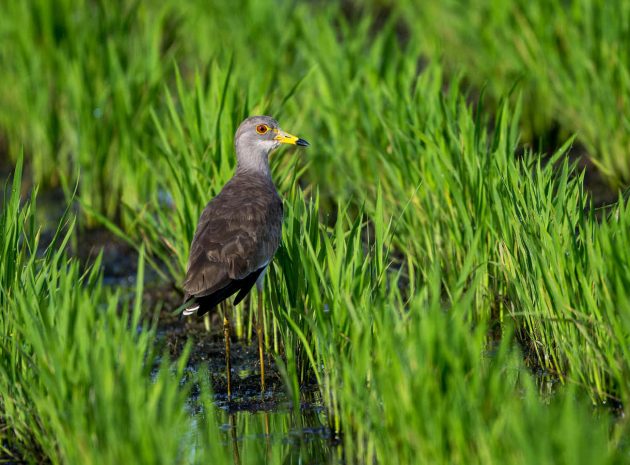
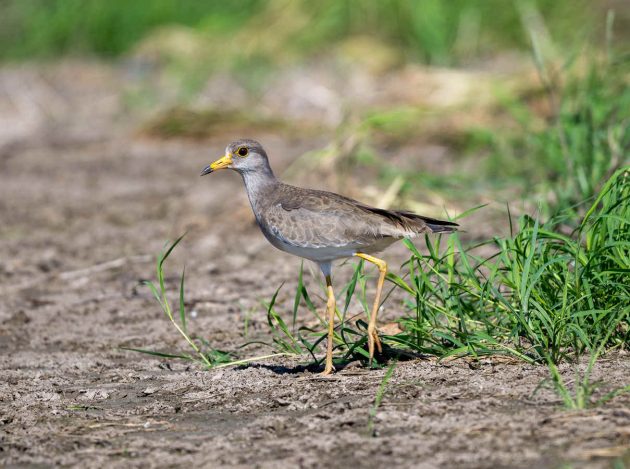
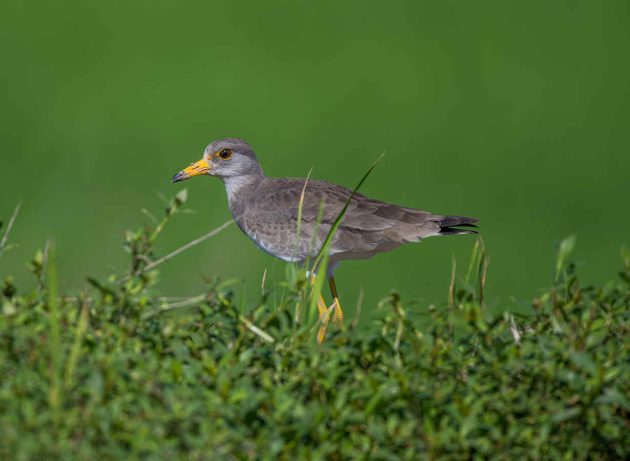
… or this Black-crowned Night Heron …
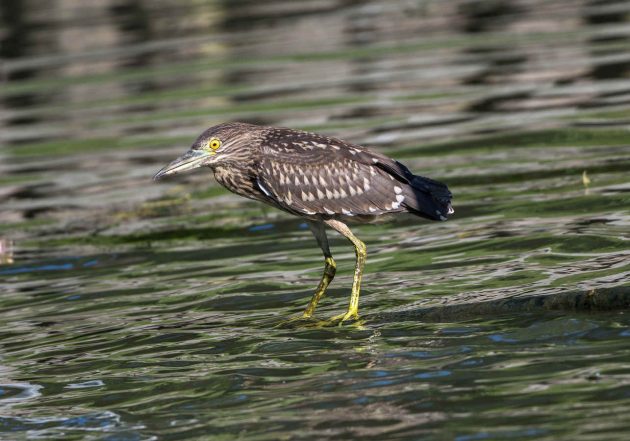
… or this Little Grebe …
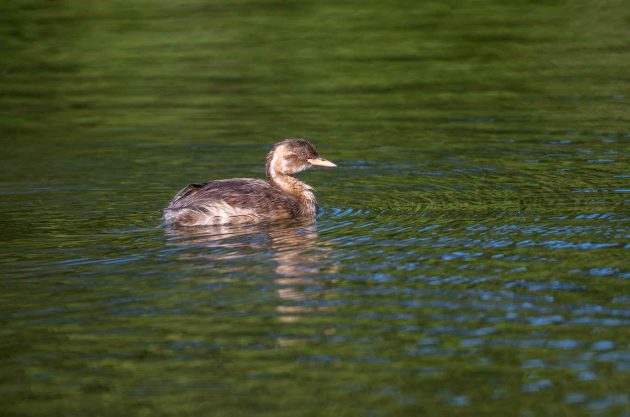
… or this Light-vented Bulbul.
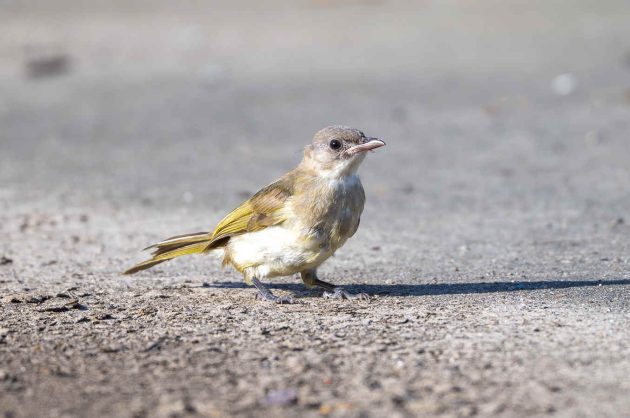
The appearance of juveniles has its somewhat negative side as well – it gets harder to find species like the Chinese Pond Heron in their prime breeding plumage. No need to look splendid anymore at this point in time.

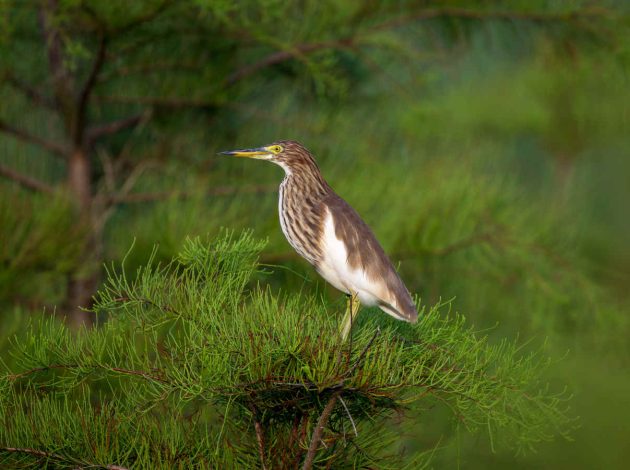
Barn Swallows are very common at this time of the year and can make for interesting photos when lining up in the right way.
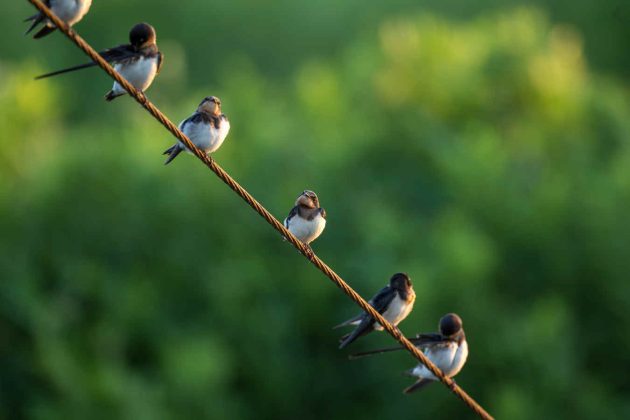
Grey Herons usually fly away the moment I get my camera in the right position. Not sure what is wrong with this individual.
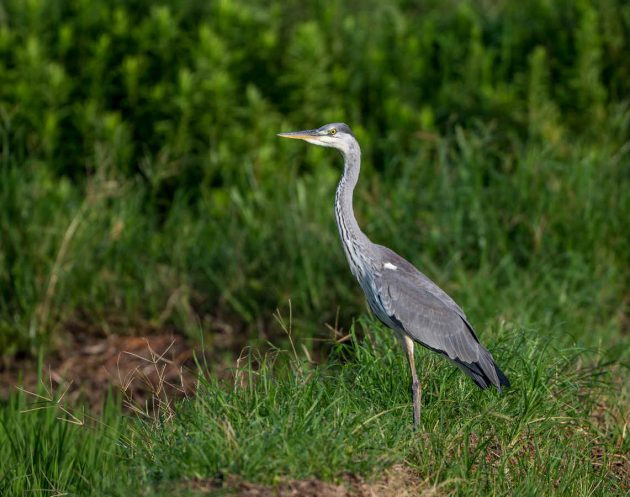
A pair of Lesser Coucals still inhabited the exact same spot (two bushes on Chongming Island) where I saw them two months earlier.
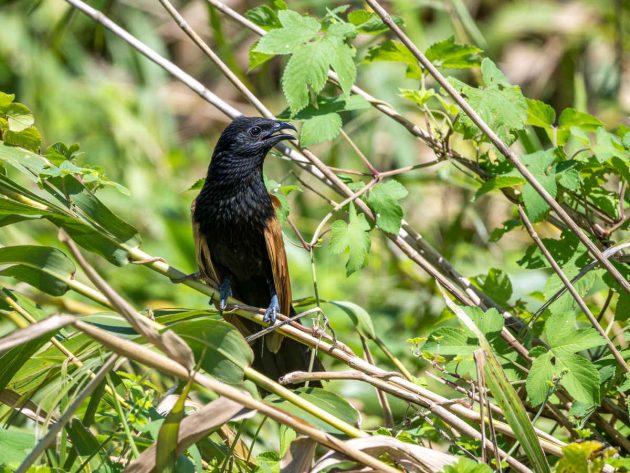
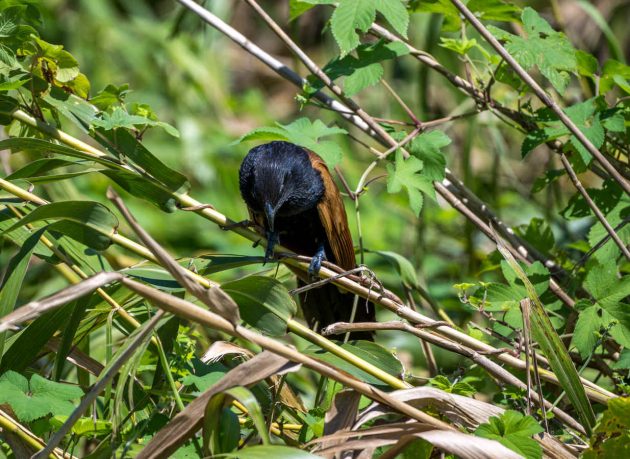
Long-tailed Shrikes like to look at you in an ironic way …
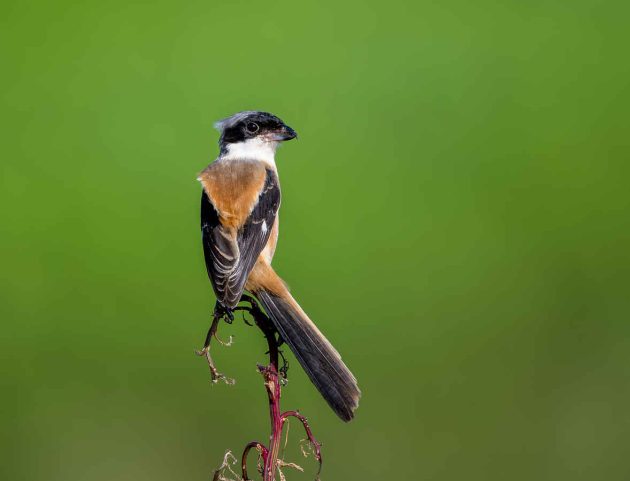
… or complain about your presence in general.

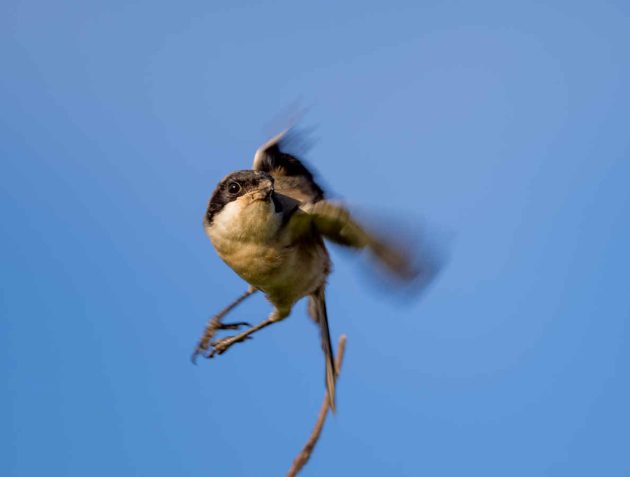
Fame is a fleeting thing. No bird species knows this as well as the Cinereous Tit in the variety found in Shanghai. After having to give up its name, Japanese Tit, online searches for the species dropped by more than 98%. Members of the species are perplexed by the drop and shocked, particularly as it is even more drastic in the segment of 18- to 49-year-old male internet users, a key demographic for advertisers.

These events likely serve as a warning to some other species, such as the Great Tit, to vigorously resist any renaming efforts, even though it could mean members of such species could no longer enter libraries in locations such as Florida. It will also likely intensify the lobbying of other species, such as the Sultan Tit (the largest of its family, according to the HBW), to be renamed either Gorgeous Tit or Gigantic Tit. Other names considered include Superb Tit, Splendid Tit, and Beautiful Tit, all adjectives already in use by other species.
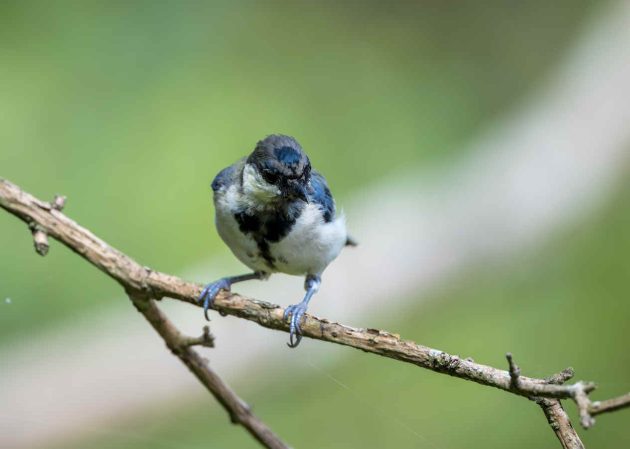
Strangely, these lobbying efforts also focus on the extensive use of the plural when the species is mentioned (i.e., “Tits”, not “Tit”), presumably to cater to those birdwatchers with a specific interest in avian social behavior (obscure side note: Once a man approaches 60, any characterization of his sense of humor as “juvenile” is seen as a compliment, not a criticism).
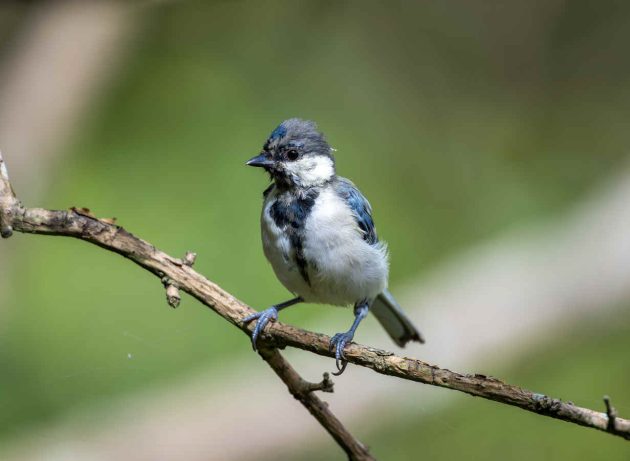
Silver-throated Bushtits are among the cutest birds in a local park near my apartment.
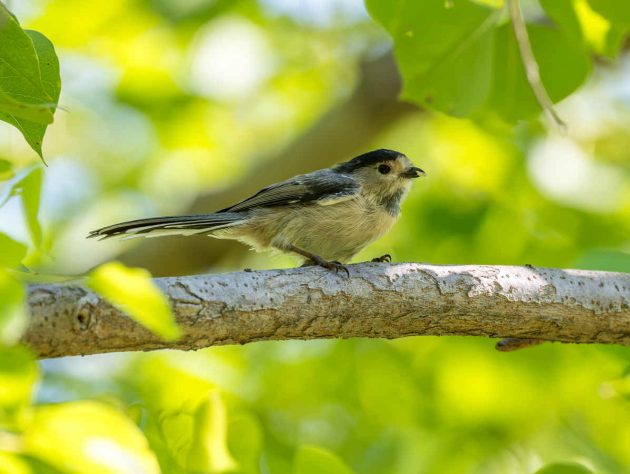
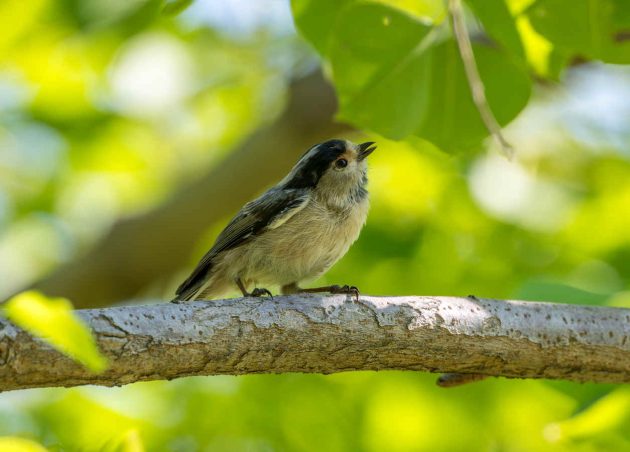
Masked Laughingthrushes are not – but they are fun to observe given their “laughs” and their hanging out in groups. They remind me a bit of football fans.
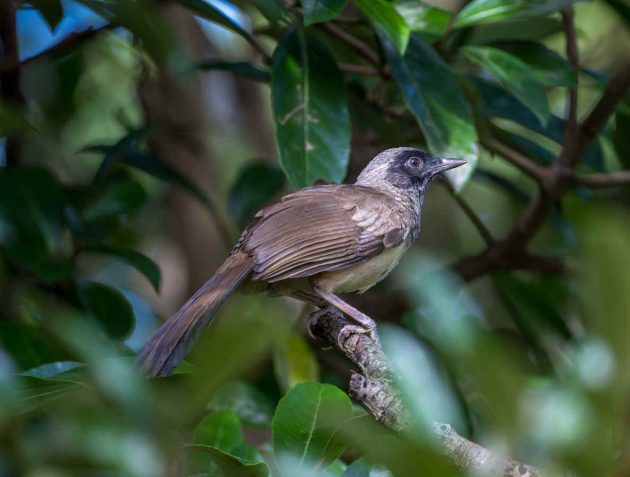
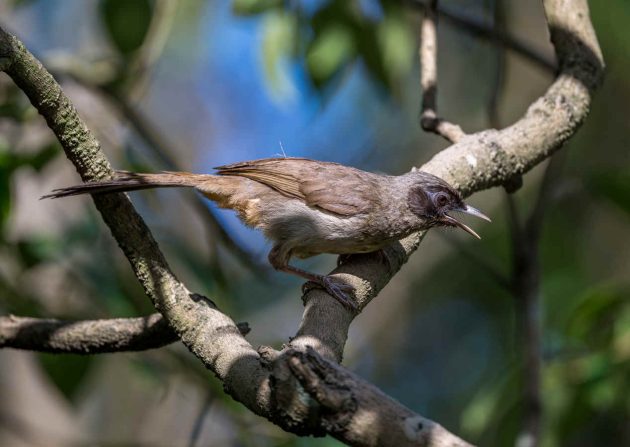
The same cannot be said for the Common Kingfisher.
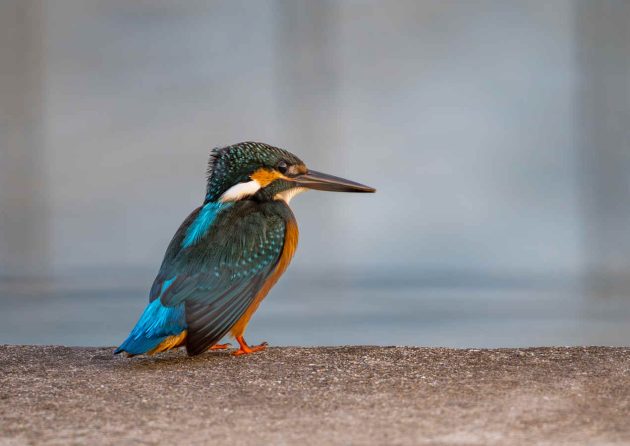
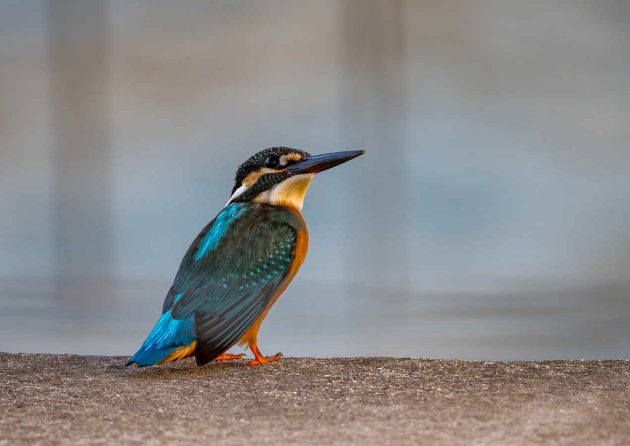
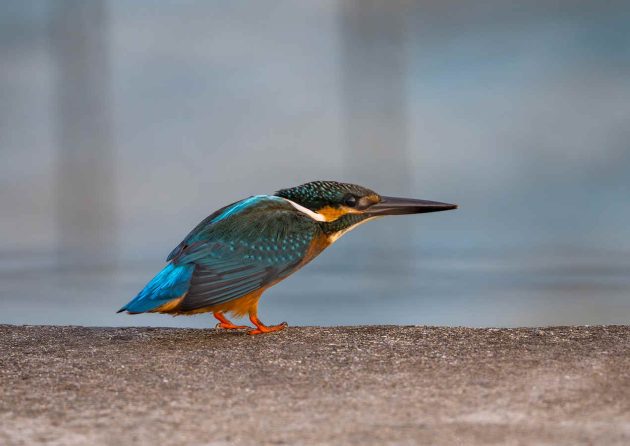

The Chestnut-winged Cuckoos of the Shanghai Haiwan Forest Park are gone – no need to stick around if you can leave raising the chicks to other birds. But the park still has the cute Rufous-faced Warbler …

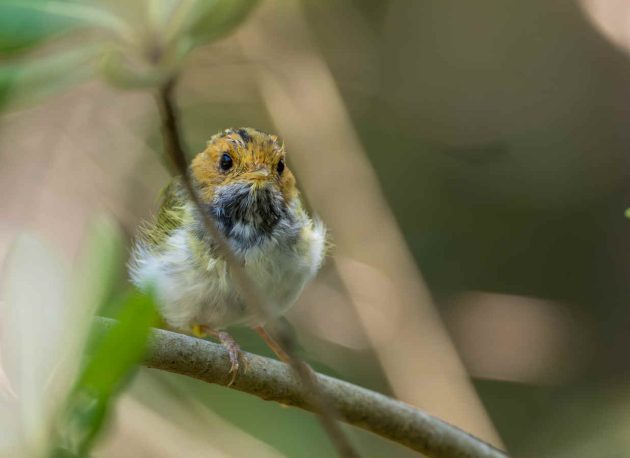
… and the somewhat underwhelming Swinhoes’ Minivet (at least underwhelming for a minivet).
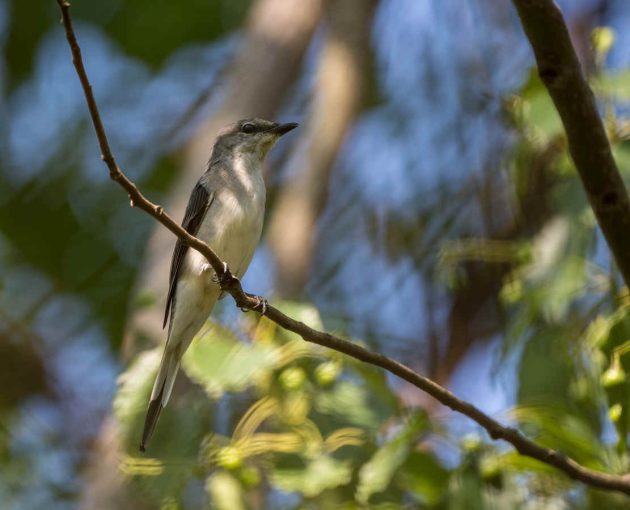
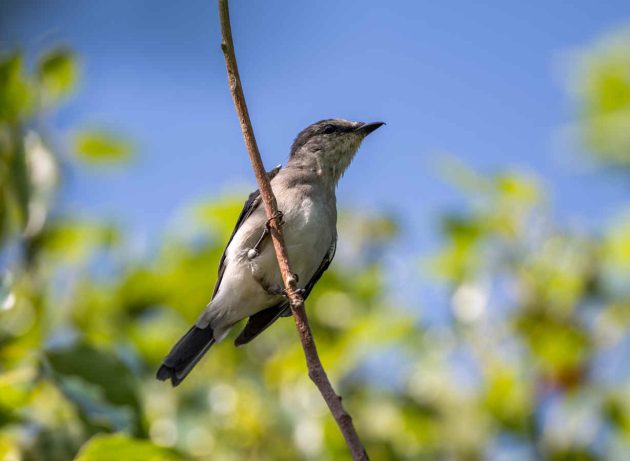
Finally, while the Shanghai government keeps rendering Reed Parrotbill habitat inaccessible or destroying it outright, I can still find new spots to see them. Running just to stand still.
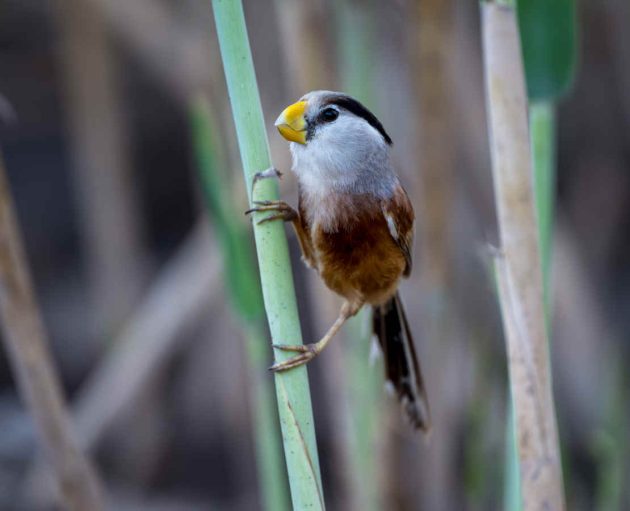
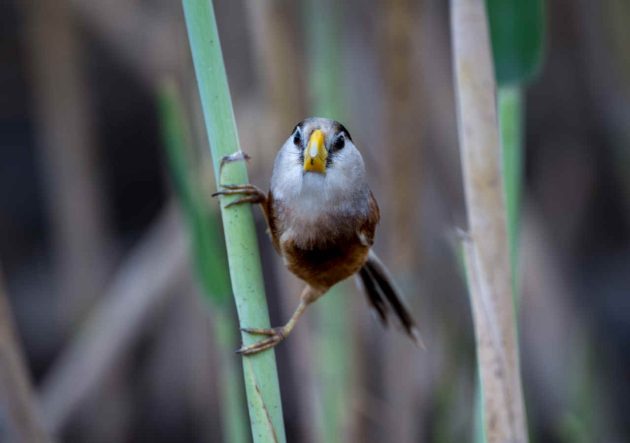






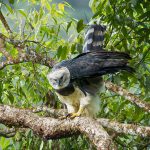
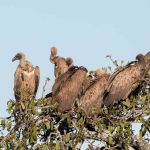
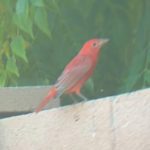
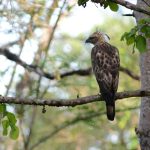
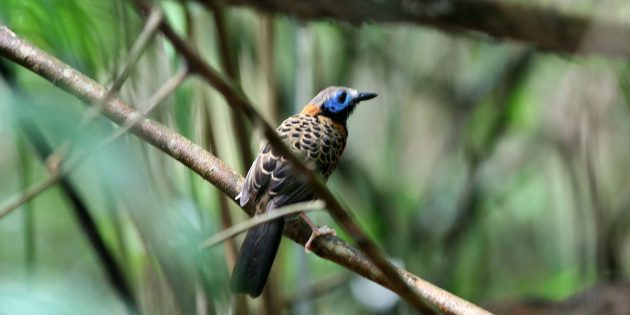
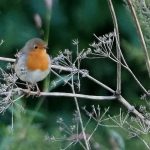
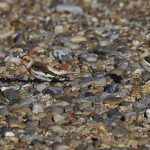
Birding is improving again after the summer…
I do hope so. It was a boring month. And the first two days of September were not promising – still too hot, seems autumn migration is delayed.
Yeah, some of these birds are in need of plumage updates. Common Kingfisher still looking spiffy. Can’t comment on each bird, but the Reed Parrotbill is spectacular. Should the Long-toed Stint be nicknamed the long-legged stint? To be a bird in China?